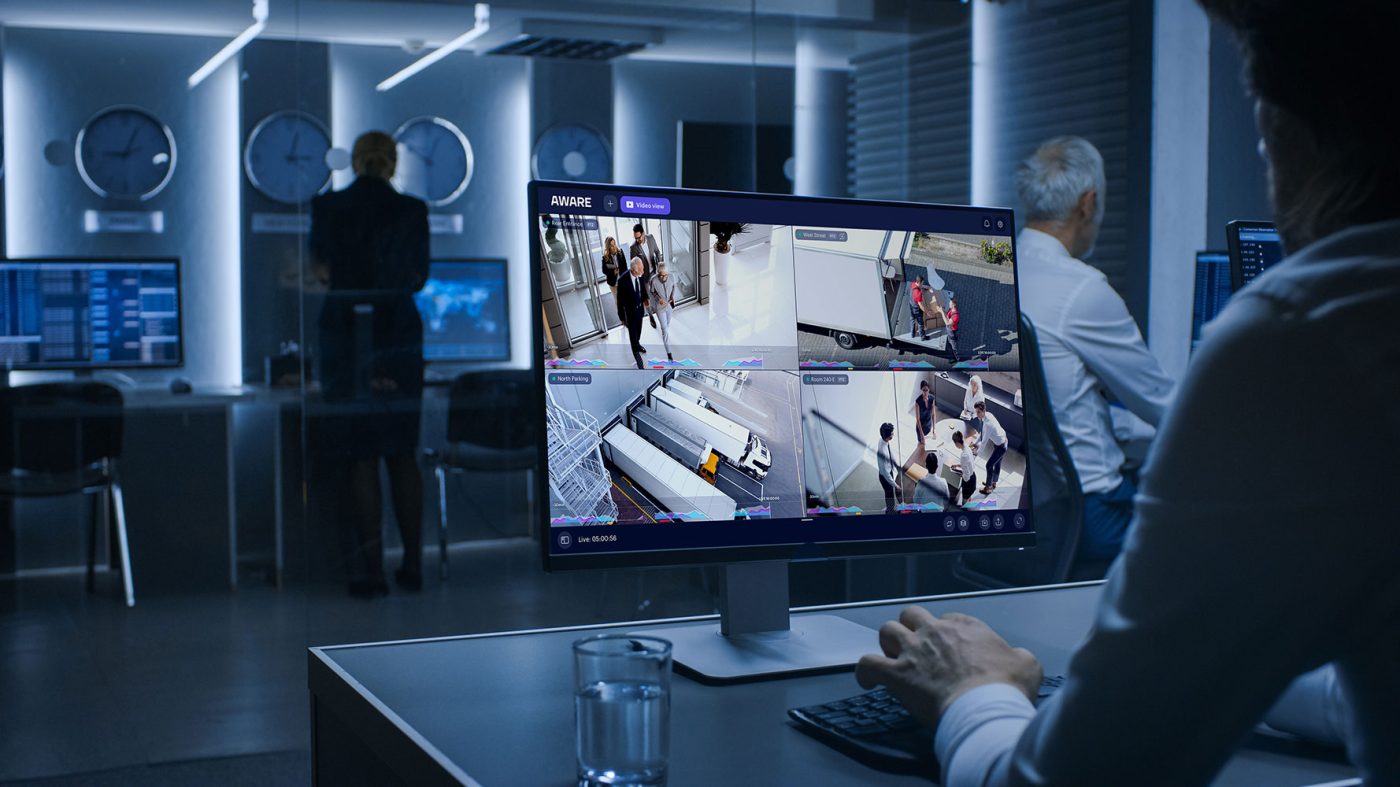Effective office camera strategies focus on risk. Place cameras at entryways, exits, lobbies, and shared spaces to capture identification, deliveries, movement, and tailgating—while avoiding private areas.
Enforce 30–90 day retention with automatic deletion, role-based access, MFA, watermarking, and audit logs. Use masking near sensitive zones, document legal bases, and gain consent where required.
Publish coverage maps, retention policies, and escalation paths, and brief employees regularly. Ongoing compliance checks and sentiment tracking help maintain trust—and there’s always room to optimize.
Focus Cameras on Entryways, Exits, and Shared Spaces
Although every workplace differs in layout and risk profile, cameras should be prioritized at entryways, exits, and shared spaces to maximize deterrence, evidentiary value, and incident response.
A risk-based placement plan concentrates on choke points where identification and movement converge. Entryway monitoring captures badge use, deliveries, and tailgating, supporting access control audits and post-incident timelines. Exit coverage corroborates egress patterns and strengthens asset protection controls.
Shared space surveillance focuses on lobbies, corridors, mailrooms, and break areas where incident likelihood and witness density are higher.
The field of view should minimize blind spots while avoiding sensitive areas such as restrooms and medical rooms. Use a wide dynamic range to handle backlighting at doors. Document camera purpose, placement rationale, and performance metrics, then review heatmaps and incident rates to validate effectiveness.
Set Clear Data Retention and Access Policies
Every effective camera program defines retention durations, access controls, and audit mechanisms up front to reduce legal, privacy, and operational risk.
A written policy should specify data retention periods aligned to regulatory and investigative needs, then default to automated deletion. Access policies must limit who can view, export, or share footage based on roles—with multi-factor authentication and approval workflows.
Logging, periodic audits, and incident reviews validate compliance and deter misuse. Encryption at rest and in transit, plus key management separation, reduces breach impact. Train authorized users on purpose limitation and escalation paths.
Publish a concise notice describing retention timelines and access policies to build trust without revealing security gaps.
| Element | Policy Standard | Control Check |
| Retention | 30–90 days default | Auto-delete |
| Access | Role-based, MFA | Approval logs |
| Sharing | Need-to-know only | Watermarking |
Avoid Monitoring Sensitive and Private Areas
With retention and access controls defined, placement choices must minimize privacy risk.
A risk assessment should map zones where surveillance is disproportionate: restrooms, lactation rooms, wellness spaces, locker rooms, prayer rooms, and areas used for confidential HR, legal, or medical discussions.
Policies must prohibit camera placement in these spaces and require masking or privacy zones for adjacent views that could capture entrances or interiors.
Where operational security demands coverage near sensitive areas, the field of view should be restricted to corridors and egress points, with periodic audits verifying compliance.
Obtain employee consent where legally required and document the legal basis for monitoring. Use signage-free geofencing in software to enforce no-record zones. Validate configurations through test footage reviews and maintain exception logs.
Be Transparent About Purpose, Placement, and Use of Footage
Transparency reduces uncertainty, deters misuse, and demonstrates disciplined governance.
Clear explanations of why cameras exist, where they are placed, and how footage is used convert surveillance from a perceived threat into a documented control.
Strong employee communication and ongoing privacy education align expectations with risk objectives and minimize trust erosion.
- Define purpose: Document specific risk scenarios (e.g., asset theft, after-hours access) and exclude productivity monitoring. Publish a concise purpose statement and review it quarterly.
- Specify placement: Share maps or zones showing coverage, blind spots, and retention-free areas to prevent scope creep and reduce rumor risk.
- Clarify use of footage: Outline access rights, audit logging, retention windows, and criteria for review or escalation.
- Establish feedback loops: Provide channels for questions, complaints, and continuous improvement, and report metrics on usage and exceptions.
Align Camera Practices With Legal Requirements and Company Culture
How can surveillance controls comply with the law while reinforcing organizational norms? The answer begins with a dual lens: legal compliance and cultural alignment.
A governance team should map statutes to camera use cases, document risk tolerances, and codify boundaries in policy. Data minimization, retention limits, and access controls reduce exposure while signaling respect.
Works councils or employee forums validate norms and surface friction before rollout. Metrics—incident reduction, false alert rates, and policy exceptions—inform iterative adjustments.
| Legal Guardrails | Cultural Signals |
| Prohibit audio; exclude private areas | Visible notices in plain language |
| Define retention (e.g., 30–45 days) | Peer-reviewed placement decisions |
| Access by role, logged, and audited | Regular briefings on outcomes |
Alignment succeeds when audits verify compliance and sentiment surveys confirm trust.
Take the Next Step Towards a Secure and Respectful Workplace Surveillance
Building a camera strategy that balances security and privacy isn’t just about compliance—it’s about culture and trust.
If your organization is ready to refine its camera governance, improve transparency, and ensure every monitoring decision aligns with ethical and legal standards, now is the time to act.
Start today by reviewing your current policies, validating coverage maps, and engaging your teams in open dialogue. A smarter, safer, and more trusted workplace begins with an intentional surveillance strategy.

